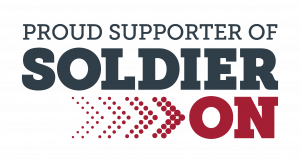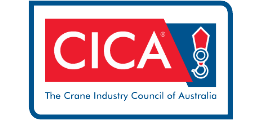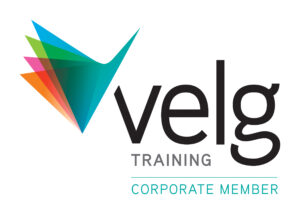If you want to be able to work a forklift in Australia, you will need to complete training to achieve a High-Risk Work licence for operating a forklift. Undertaking a training course and applying for the licence is an easy process once you know what to do.
In this article, we will explore the differences between the two types of forklift licences, the LO and LF licences and what they permit you to do.
A quick guide for forklift operators
If you want to operate a forklift at work, you will need either an LO or an LF forklift licence. In this next section, we will explain what each one allows you to do, and how you can sign up for a forklift training course.
What does an LF forklift licence enable you to do?
An LF forklift licence allows you to safely operate a forklift truck, a machine that is equipped with a mast and an elevated load carriage, either with a pair of fork arms or another attachment. A forklift truck can lift loads into the air, usually pallets.
In a standard forklift, the operator controls the machine from inside and remains on the ground during its operation.
With an LF class forklift licence you will be permitted to operate any forklift, including counterbalance, reach and high reach forklifts within Australia. This also covers sideloading forklifts, truck-mounted forklifts, and all-terrain forklifts. With an LF licence, there is also no restriction on the size of forklift you can operate.
To acquire an LF forklift licence, we provide an LF forklift training course for operators in Sydney, Melbourne and Brisbane. Kallibr is a Registered Training Organisation (RTO) and our course covers all the requirements for obtaining a national High-Risk Work Licence Class LF for forklifts.
What Does an LO Forklift licence Enable You to do?
If you want to operate an order picking forklift truck, where the operator’s control lifts with the load carriage, you will need to acquire a separate high-risk work licence: an LO forklift licence.
An LO forklift licence permits you to operate an order picking forklift truck and a turret truck. In these forklifts, the operator picks the load from pallets at the height of the forklift carriage and places it onto their pallet until a goods order has been successfully collected.
Alternatively, in a turret truck, the entire pallet is retrieved but the operator is raised up into the air with the load carriage.
To operate this kind of forklift, you’ll need to get a LO class forklift licence, but first you’ll need to do a LO forklift training course at one of our training centres in Sydney, Melbourne or Brisbane.
The Benefits of a LO & LF Forklift Licence
For a forklift operator, it is essential to have the right kind of training. If you work in a business that uses forklifts as part of its standard procedures, and you have no prior experience with forklifts, it could mean you’re missing out on potential career advancement opportunities.
Gaining your licence can help you develop and improve your ability to operate forklifts safely and show employers you’re a keen worker. Below are just a few of the reasons to do your forklift training and get your licence to become certified as a forklift operator.
- Keep your workmates and yourself safe
You already know that safety in the workplace is vital. Using forklifts can come with numerous risks, including serious work-related injuries and even death. That’s why safety compliance is a significant part of the forklift training for a forklift operator.
When you do your forklift training course, you fully understand how to operate the forklift, keeping safety in mind for everyone around you.
- Plenty of job opportunities
Becoming a certified forklift driver is good for your career. An accredited forklift course will help you get your licence, which is a necessary document that will give you a competitive advantage when looking for work. A forklift licence proves your competence and can help you land higher-paying roles using any forklift, including counterbalance, reach trucks and high reach forklifts within Australia.
- Legal compliance
Becoming certified means that you comply with workplace safety regulations protecting you and your company. Australian workplace health and safety authorities have set regulations to ensure safe and healthy working conditions, no matter where you work. This includes regulations about who can drive a forklift, which is why certification is vital in helping protect your workplace from fines.
- Saving on cost
When you drive a forklift regularly, you start to learn the machine inside out, and you can even diagnose simple maintenance issues that would otherwise cost your company money. Additionally, proper operation of a forklift cuts down on wear and tear and reduces breakdown costs. It also increases its longevity and minimises delays in repairs. Knowing your machine will help keep it running smoothly.
- You become an efficient employee
When you complete your forklift training, you’ll have a full understanding of how to operate a forklift correctly. Also, you gain knowledge on how to inspect a forklift, identify and address any operational issues. These practical skills help you to improve on-the-job efficiency, so you can use your knowledge to develop work methods that maximise productivity.
Book forklift licence training with Kallibr
At Kallibr, we run weekly forklift licence training courses in and around Sydney, Brisbane, and Melbourne. We also offer private group training sessions which can be conducted on-site at your convenience.
Our training and assessment specialists will evaluate your skills and knowledge under realistic workplace conditions. Following the completion of this course, you’ll get a statement of attainment, which will allow you to finalise the application process with your local workplace safety authority, who will send you your plastic wallet card forklift licence.




